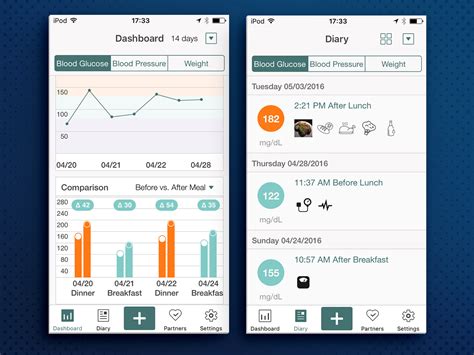How To Spot Trends Using Price Action Analysis
How to notice trends using price activity analysis in cryptocurrency
The cryptocurrency world has experienced a significant increase in popularity over the last decade, and many new investors are entering the market every day. However, if so much uncertainty and volatility is involved, it may be difficult for individual traders to understand the complex landscape. One technique that has proven to be effective in identifying trends and informed decisions is the price analysis.
Pricing analysis includes research on the cryptocurrency price chart movement to identify models, trends and possible speeds. This approach takes into account not only the technical indicators used by traders, but also the basic properties of each asset, such as its market capitalization, trade volume and network effects.
Understanding the price activity
Price action refers to the actual price movement of cryptocurrency over time. When analyzing the price charts, it is important to consider both the movement trend and the direction. The trend is when the price is consistently moving in one direction (for example, up or down), while the trend changes when the market suddenly changes direction.
Price analysis involves identifying different models, for example:
* Rallys : When prices rise rapidly from a low point
* Dip : When prices fall rapidly from all time
* Impulse Swing : Rapid Benefits and Price Losses
* Range Related Trade : Stagnant prices that do not show clear direction
Trend identification
In order to notice trends through price analysis, merchants need to know different indicators and tools. Here are some of the most effective techniques:
1
variable average (MA) : Variable average value is the line chart, which indicates an active closure price over a period of time. The 50 -day MA is particularly useful for identifying trends.
- Relative strength index (RSI)

: This indicator measures the speed and change of price movement to give insight into the market mood.
3
Bollinger Stranes : These bands reflect the price range above and below the changing average, providing additional information on volatility.
studying models
When studying models in the price chart, merchants should consider as follows:
* Support and Resistance Level : Traders often look for support areas (where prices tend to retreat) or resistance (where prices tend to break).
* Breakout Points : These are the main places where prices can change direction.
* Volume Models : Volume data analysis can help determine possible trends or turns.
Reverse Point Identification
In order to notice the inverted points, merchants need to look for different features indicating a change in the market:
- Stable prices : When prices remain stagnant, it may indicate a change in trends.
- volume exhaustion : If the price of prices decreases significantly during the trend, it can be a signal that the trend is inverted.
3
Price movements in turn : Repeated price or volume changes may indicate an inverted point.
Putting it all
To effectively use the price analysis of cryptocurrency trade:
- Develop a stable understanding of technical indicators and basic factors : Get to know yourself a variety of tools including MAS, RSI, Bollinger Band and more.
- Study price charts carefully : To identify potential options, analyze patterns, trends and reverse points in the chart.
3
Set clear investment goals and risk management strategies : Determine your entry and exit points based on your trading style and risk tolerance.
Conclusion
Pricing analysis is a powerful tool for identifying trends and informing decision -making in cryptocurrency markets.
Leave a Comment